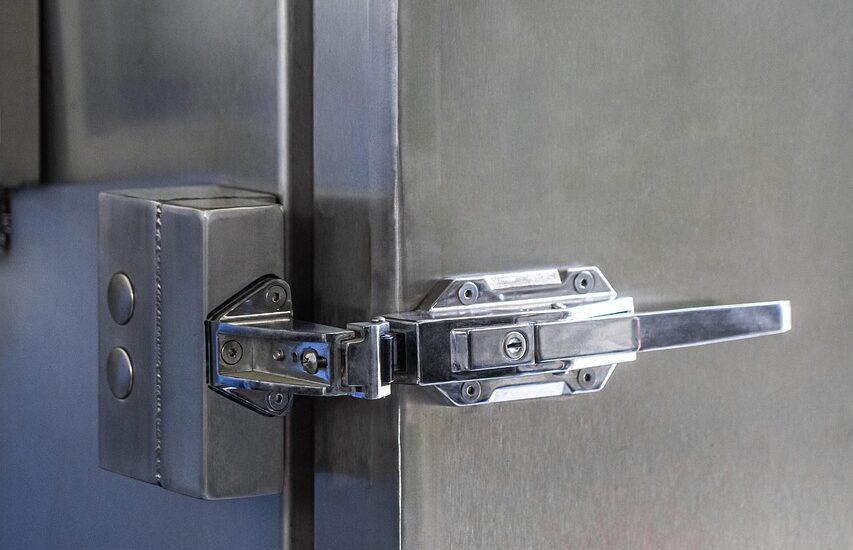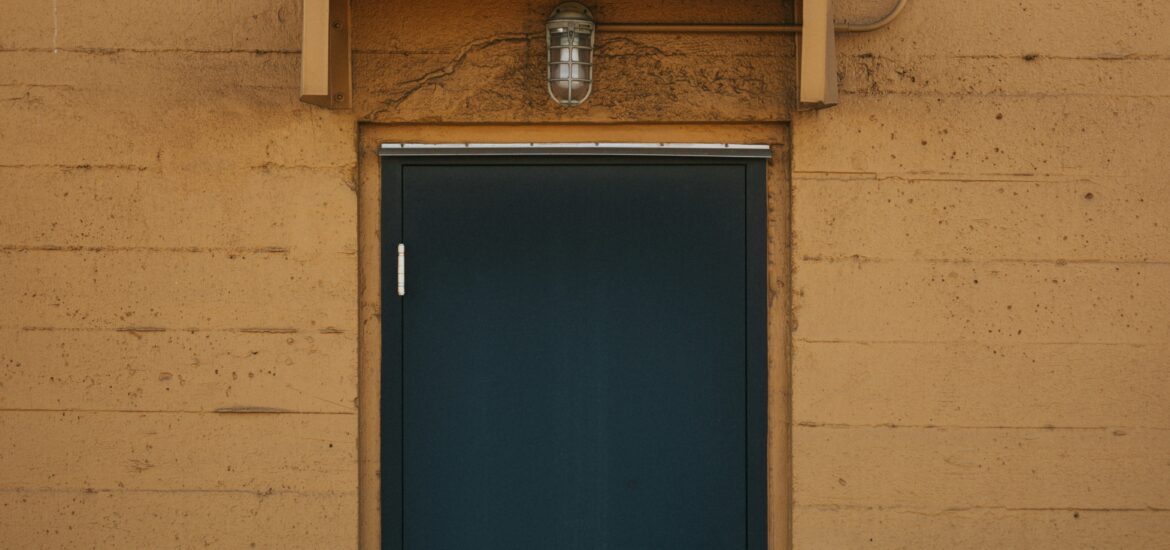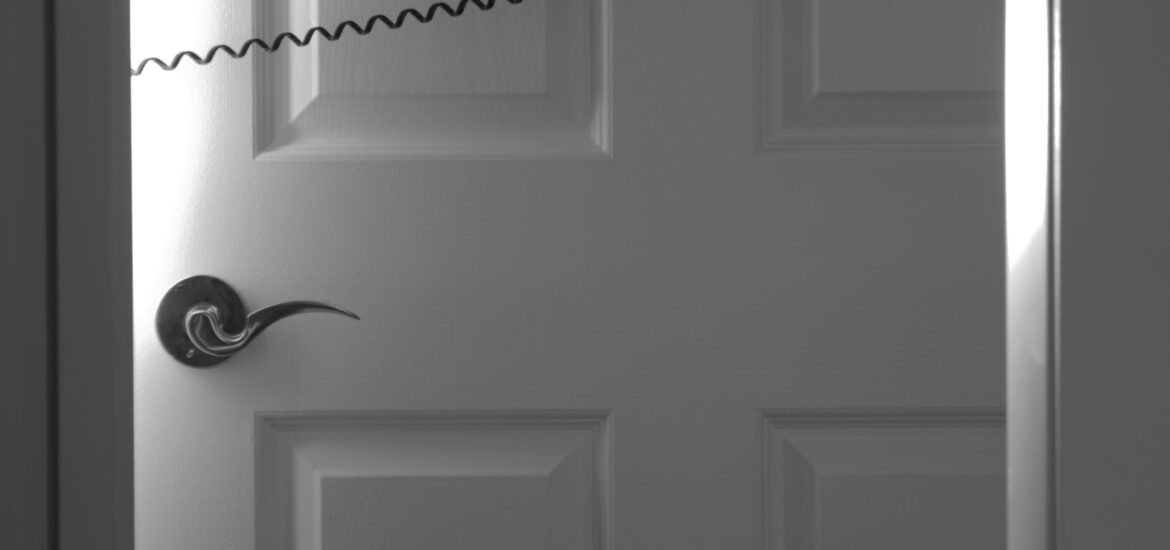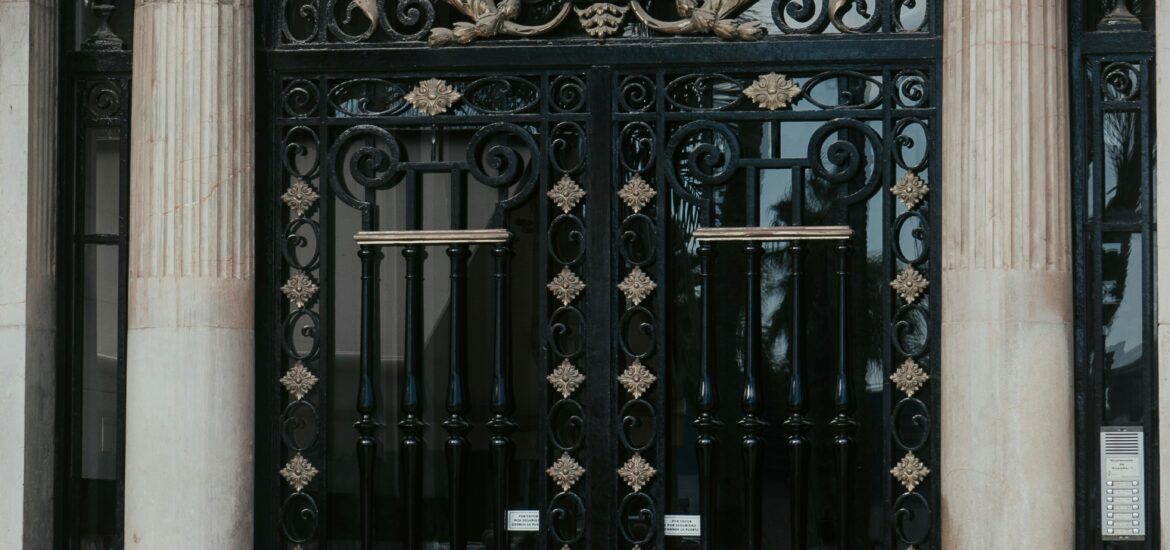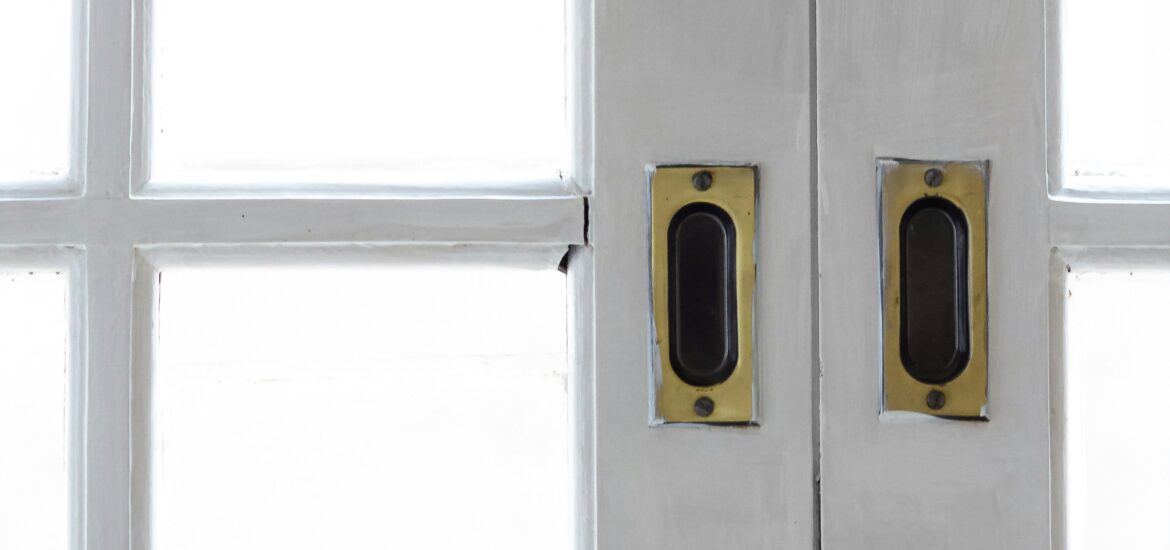When it comes to protecting your property, whether residential or commercial, the choice of door plays a pivotal role. Steel doors have long been celebrated for their strength, durability, and security, and in Fulham, AllSecureDoors Ltd is leading the way in providing high-quality steel door solutions. Offering a combination of robust protection, aesthetic appeal, and advanced technology, AllSecureDoors Ltd ensures that your property is not only secure but also stylish.
In this blog, we’ll explore the advantages of steel doors, why they’re ideal for Fulham properties, and why AllSecureDoors Ltd is thego-to provider for homeowners and businesses seeking ultimate security.
Why Steel Doors Are the Ultimate Security Choice
Steel doors are widely recognized as one of the most secure door options available today. Unlike traditional wooden doors, which can be vulnerable to forced entry, steel doors offer:
Enhanced Strength – Constructed from high-grade steel, these doors are resistant to impact and bending, making them extremely difficult for intruders to breach.
Fire Resistance – Many steel doors are fire-rated, providing an additional layer of protection against fire hazards.
Durability – Steel doors withstand wear and tear, adverse weather conditions, and corrosion, ensuring long-term performance.
Noise Reduction – The dense material also acts as a barrier against external noise, enhancing the comfort of your home or office.
Low Maintenance – Unlike wooden doors, steel doors require minimal upkeep, retaining their strength and appearance over time.
For Fulham homeowners and business owners, where both aesthetics and security are crucial, steel doors strike the perfect balance.
Types of Steel Doors Offered by AllSecureDoors Ltd
AllSecureDoors Ltd provides a wide range of steel door solutions tailored to meet diverse security needs and design preferences. Some of the most popular types include:
1. Residential Steel Doors
Perfect for front or back entrances, these doors combine robust security with elegant designs that complement any home style. Homeowners can choose from various finishes, including wood effect, smooth steel, or textured surfaces, ensuring the door enhances curb appeal.
2. Commercial Steel Doors
Businesses require doors that can withstand heavy use while providing maximum security. Commercial steel doors are ideal for offices, warehouses, and retail spaces, offering strength, fire resistance, and compliance with safety regulations.
3. Fire-Rated Steel Doors
Safety is paramount, and fire-rated steel doors provide protection against fire spread for a specified duration, giving occupants time to evacuate safely. These doors are often required for commercial properties but are also an excellent choice for modern homes.
4. Security Steel Doors
For properties with higher security concerns, reinforced steel doors with advanced locking mechanisms and anti-tamper features are available. These doors are designed to resist forced entry and provide peace of mind.
Key Features of AllSecureDoors Steel Doors
AllSecureDoors Ltd ensures that every steel door they supply is equipped with features that enhance security, functionality, and style:
High-Security Locking Systems – Multi-point locks and reinforced handles prevent unauthorized access.
Weatherproof Seals – Steel doors come with seals to prevent drafts, moisture, and noise infiltration.
Customizable Finishes – From classic paint finishes to modern wood-effect laminates, doors can be tailored to match your property’s aesthetic.
Durable Frames – Sturdy steel frames provide additional stability and resist warping over time.
Energy Efficiency – Insulated steel doors reduce heat loss, making them an eco-friendly and energy-saving choice.
Benefits of Installing Steel Doors in Fulham
Fulham is a vibrant area known for its mix of historic homes and modern developments. Installing steel doors offers several advantages for properties in this locality:
1. Enhanced Security in Urban Settings
Urban areas are often more vulnerable to break-ins due to higher population density. Steel doors act as a strong first line of defense, deterring potential intruders.
2. Longevity and Resilience
Fulham experiences a variety of weather conditions, from rainy winters to sunny summers. Steel doors are resilient, maintaining their integrity and appearance through seasonal changes.
3. Aesthetic Versatility
With diverse architectural styles in Fulham, from Victorian terraces to contemporary apartments, steel doors can be customized to complement any property without compromising on security.
4. Low Maintenance
Busy homeowners or business managers appreciate the minimal maintenance required for steel doors, allowing them to focus on other priorities without worrying about frequent repairs.
5. Fire and Safety Compliance
Steel doors meet safety standards required for modern homes and commercial buildings, ensuring compliance with fire and building regulations.
Why Choose AllSecureDoors Ltd
AllSecureDoors Ltd has built a reputation in Fulham and beyond for delivering quality, reliability, and exceptional customer service. Here’s why they stand out:
- Expertise: With years of experience in the door industry, the team offers expert advice tailored to each property’s security and design needs.
- Customization: Every steel door can be tailored in terms of size, design, and finish, ensuring the perfect fit for your property.
- Professional Installation: AllSecureDoors Ltd provides precise and secure installation services, guaranteeing optimal performance of every door.
- Comprehensive Support: From initial consultation to post-installation service, the company ensures clients receive full support.
- Competitive Pricing: High-quality steel doors without compromising on affordability make it accessible for both homeowners and businesses.
Installation Process
Installing a steel door is a specialized process, and AllSecureDoors Ltd follows a systematic approach to ensure safety and durability:
Consultation and Measurement – Experts assess your property, taking accurate measurements and recommending the right door type.
Customization – Doors are crafted or selected based on your specific requirements, including security features and finish preferences.
Professional Installation – Skilled technicians install the door securely, ensuring alignment, insulation, and locking systems function flawlessly.
Final Inspection – A thorough check ensures the door meets safety and quality standards before the project is completed.
Maintenance Tips for Steel Doors
To maintain the strength and appearance of your steel door:
- Clean regularly with mild detergent and water.
- Check and lubricate locks periodically.
- Inspect weather seals to ensure they remain intact.
- Touch up scratches or chips with paint to prevent rusting.
Following these simple steps can extend the life of your steel door for decades.
Conclusion
Investing in a steel door from AllSecureDoors Ltd in Fulham is more than just a security measure, it’s a long-term investment in safety, style, and peace of mind. With customizable designs, advanced locking systems, and robust durability, steel doors offer unparalleled protection while enhancing the aesthetic appeal of your property.
Whether you are looking to secure your home, office, or commercial space, AllSecureDoors Ltd provides tailored solutions to meet your needs. Combining quality craftsmanship with professional installation, they ensure your property is both secure and stylish.
In a world where security cannot be compromised, a steel door from AllSecureDoors Ltd is the ultimate shield for your property in Fulham.
For more information and to explore their range of steel doors, visit allsecuredoors.co.uk.

